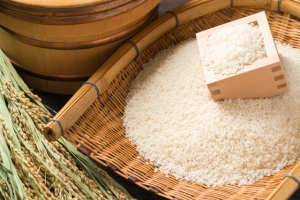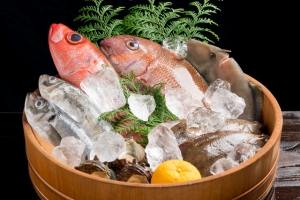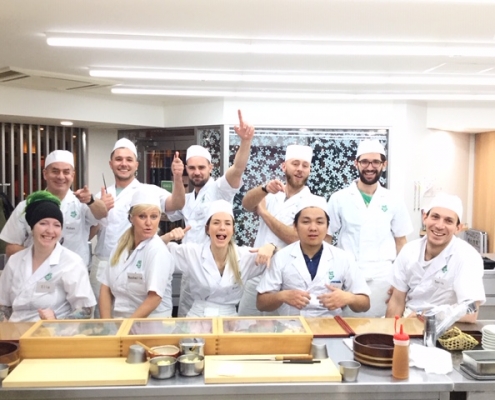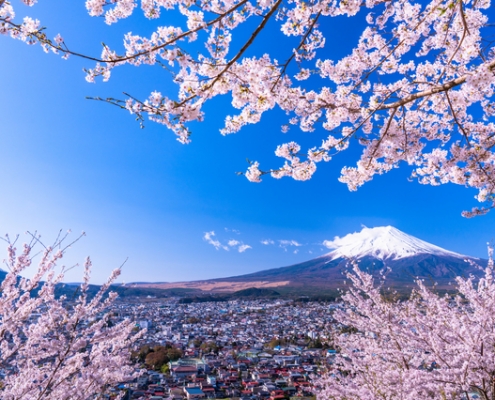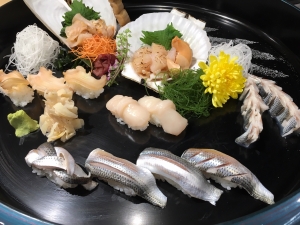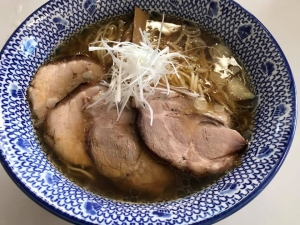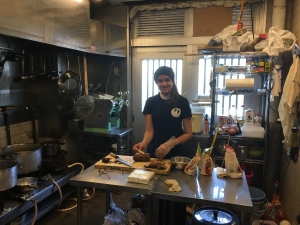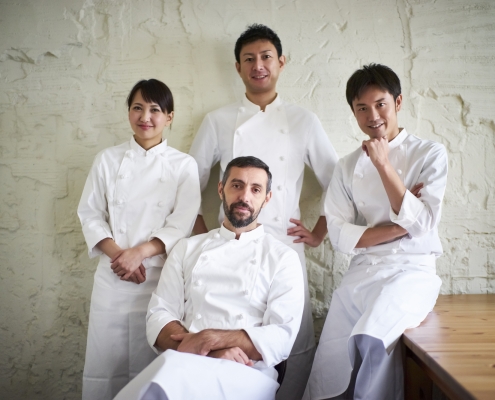Japanese grocery stores and ingredient suppliers in Estonia
January 9th 2021 Updated
This page is for food lovers and professional chefs in Estonia that are looking for Japanese cooking supplies.
Rice
Japonica rice grown in Italy is usually available in Asian grocery stores.
Soy sauce
Kikkoman and Yamasa soy sauce are available at Asian grocery stores and high-end supermarkets.
Miso
Miso is available at Asian grocery stores and high-end supermarkets.
Seafood
Tuna and salmon are still the main fish used in Estonian sushi restaurants. It is possible to obtain other kinds of seafood from vendors in other EU countries, but the transportation costs are quite high.
That being said, with continued economic growth in Estonia and increasing demand, high-end sushi restaurants may feel those costs are worth it.
Alcohol
Most people drink sake hot rather than cold, so it seems that sake is not really something familiar to Estonian people yet.
List of Japanese grocery stores and ingredient suppliers
Below is a list of Japanese food importers who wholesale to supermarkets and restaurants, as well as supermarkets that sell Japanese food to the general public.
This list consists of vendors frequently used by Japanese in your country. (Some shops carry not only Japanese cooking supplies but also kitchen ware)
J. Kunderi 29, 10121 Tallinn, Estonia
http://pood.momoya.eu/index.html
Punane 16, 13619 Tallinn
https://www.nori.ee/
Estonia puiestee 9, 10143 Tallinn
https://www.solaris.ee/
Turu 34b (Tartu)
Lõunakeskus (Tartu)
Balti Jaama Turg (Tallinn)
https://umami.ee/
Number of Local Japanese People
166 Japanese people live in Estonia, as of 2018.
Number of Local Japanese Restaurants
According to tripadvisor, there are about 120 Japanese restaurants in Estonia as of 2020.
For Estonian People Wanting to Study Japanese Cuisine in Japan
Do you want to study Japanese cuisine in Japan one day? Chefs Wonderland, an agency for helping foreign visitors study cooking in Japan, can make all your cooking school dreams come true.
There are two main ways to study Japanese cuisine in Japan.
One way is to enroll in a culinary school.
The other is to find work at a Japanese restaurant in Japan, although this is not very easy to do.
How Many Estonian People are Living in Japan?
As of 2018, there are 206 Estonian people living in Japan.
Study Japanese Cuisine at a Culinary School
If you want to attend a Culinary Technical College for Japanese people, you need to be able to speak fluent Japanese, but even if you can’t speak Japanese, you can study Japanese cuisine at one of the following schools that offer English courses lasting anywhere from one day to three months.
There are classes for beginners, short-term intensive courses to get a certificate, and private classes for professional chefs.
Culinary Schools in Japan
Tokyo Sushi Academy
The first and the most popular sushi school in the world.
Japan Culinary Institute
Japanese culinary training including sushi, kaiseki, yakitori, wagashi and more.
Miyajima Ramen School
More than 1,000 graduates from over 50 countries.
International Ramen School
Ramen study program combined with OJT
Study Japanese Cuisine While Working
Under the current immigration laws, foreigners have very limited opportunities to work in restaurants in Japan, you would need a working holiday visa, a spouse visas, or a type of special activity visa issued only to a few people. If you want more information on studying Japanese cuisine while working in Japan,
please see the following article.
Working Holiday in Japan
Working holiday visas are issued to Estonian nationals between the ages of 18 and 30 with a maximum of 100 people per year. If you can get a Working Holiday Visa, you can enjoy vacationing and working in Japan for up to one year.
If you are thinking about going on a Working Holiday to Japan, please see the following article.
Japan Working Holiday Guide – 15,000 youth get working holiday visa every year



